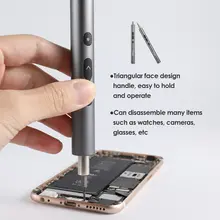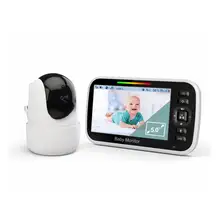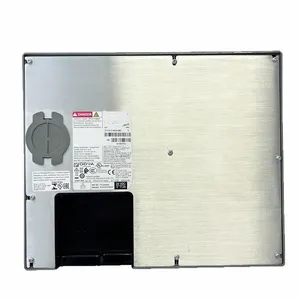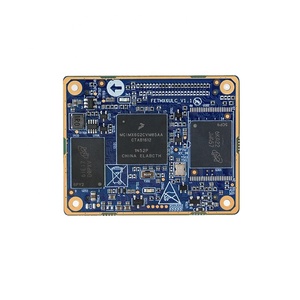Introduction to Computer on Module Technology
Computer on module (COM) technology represents a sophisticated approach to embedded systems design. These compact modules encapsulate high-level computer functionality, integrating core features of desktop systems into a single, streamlined unit. This design philosophy emphasizes modularity, allowing for easy upgrades and customization, making COMs an ideal solution for a variety of industrial and commercial applications.
Types and Applications
The versatility of computer on module systems is evident in their range of types, each suited to different applications. From embedded computing to industrial automation, COMs serve as the backbone of complex machinery and digital infrastructure. Their application extends to sectors requiring robust computing power in a compact form, such as digital signage, medical equipment, and IoT devices.
Features and Materials
COMs are engineered with a focus on durability and performance. They often feature rugged materials capable of withstanding harsh industrial environments. Advanced models may include features like full HD touch displays, enhancing user interaction and visibility. The internal architecture of these modules is designed for efficient heat dissipation, ensuring reliability even under sustained workloads.
Advantages of Using Computer on Module
The adoption of computer on module systems offers numerous advantages. Their compact size allows for space-saving installations, while their modular nature ensures easy maintenance and upgrades. With various RAM capacities and the potential for expandable memory, these modules are tailored to meet diverse computing needs without the bulk of traditional desktops.
Memory and Storage Options
Memory configurations in computer on module systems cater to a spectrum of performance requirements. Options range from basic modules suitable for simple control tasks to high-capacity units designed for data-intensive operations. The flexibility to expand memory post-deployment provides a future-proof solution for evolving technological demands.
Choosing the Right Computer on Module
Selecting the appropriate computer on module requires a careful assessment of performance needs and environmental conditions. Potential buyers should consider processing power, memory requirements, and connectivity options. For those interested in sustainability, refurbished COMs present an eco-friendly alternative without compromising on functionality.










































 浙公网安备 33010002000092号
浙公网安备 33010002000092号 浙B2-20120091-4
浙B2-20120091-4